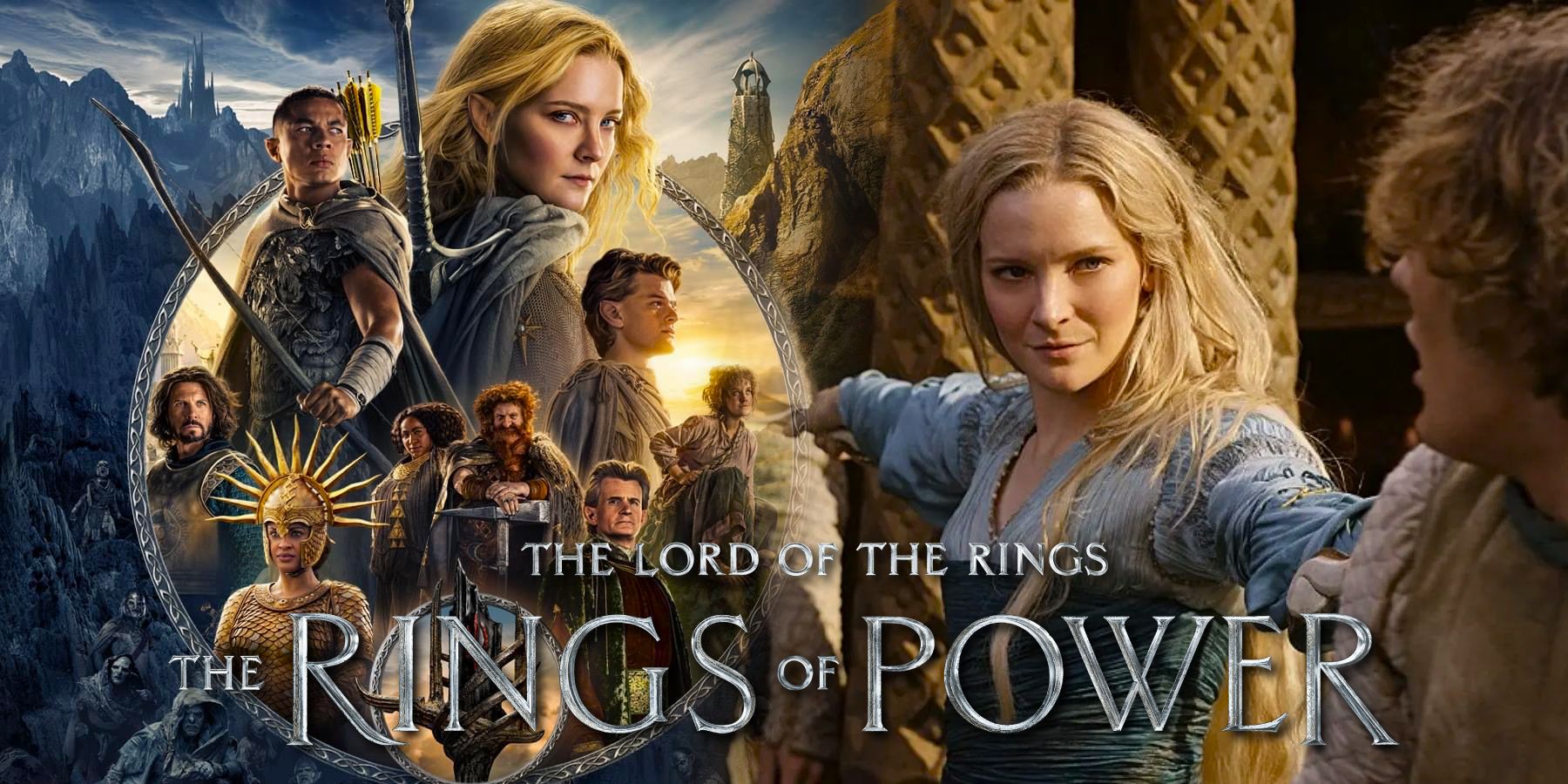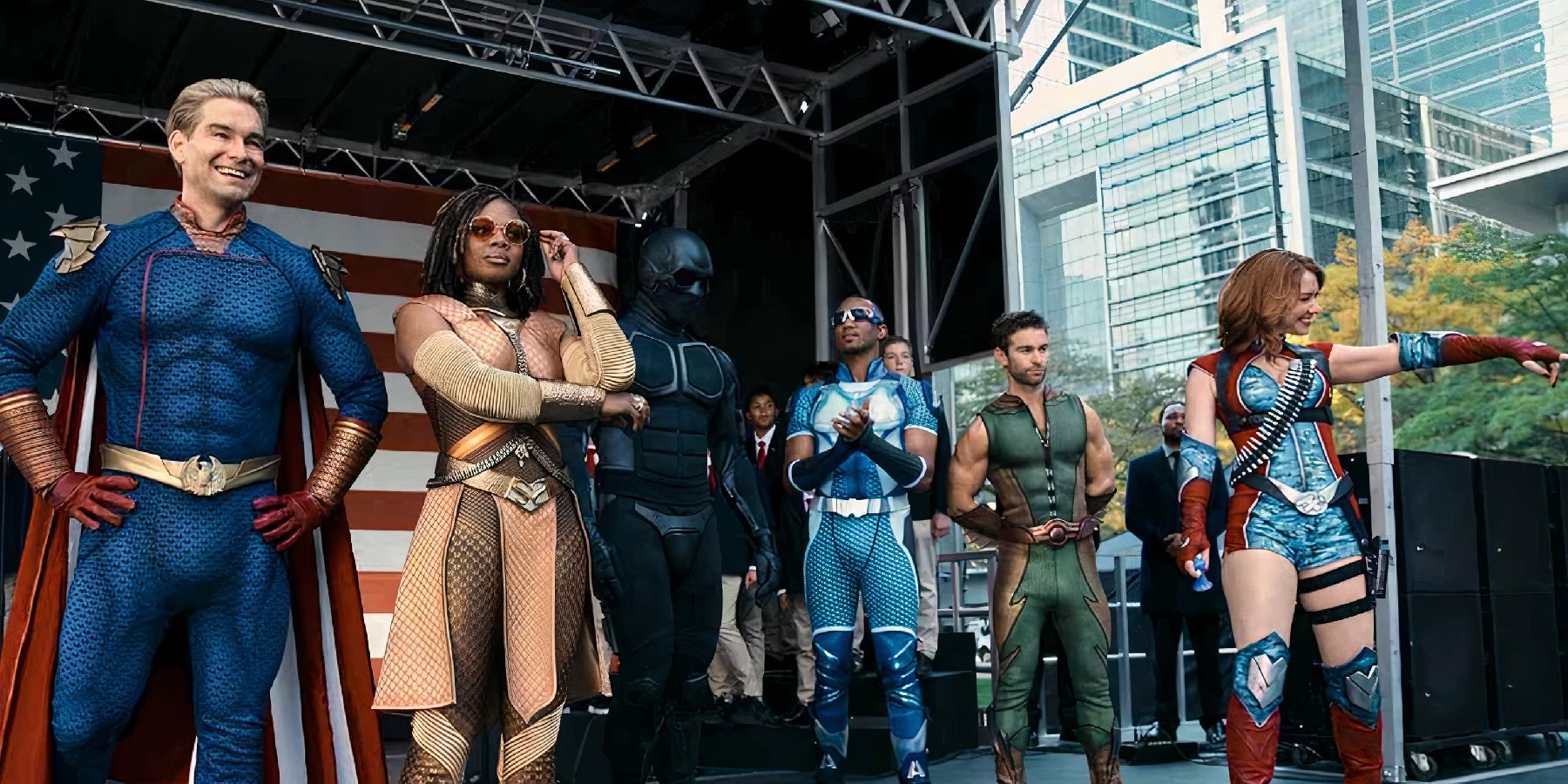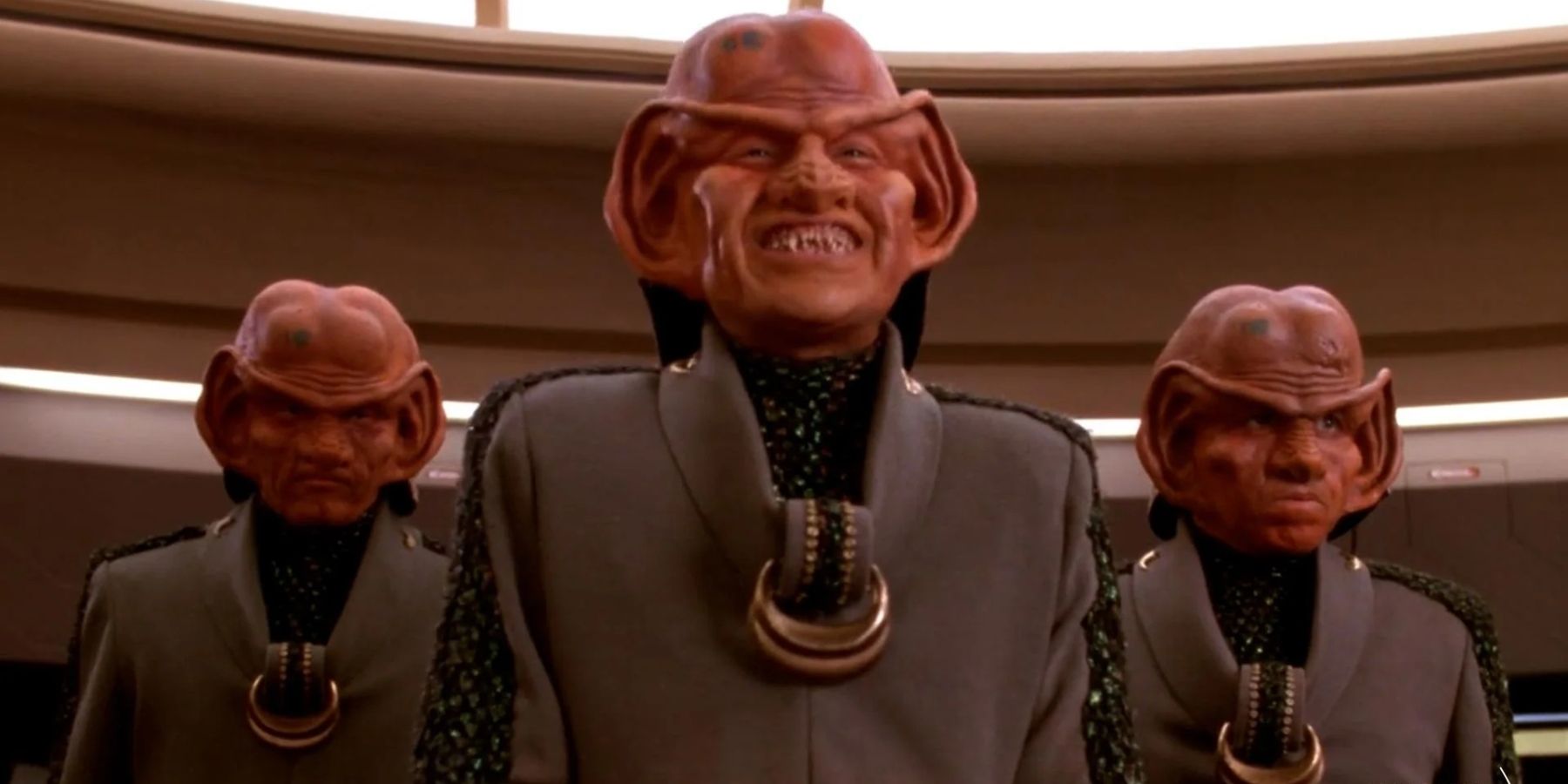Thanks to its nature as science fiction, there is an incredible amount of technology within the Star Trek franchise, from holodecks that can conjure up one's wildest desires (and sometimes try and kill users as a bonus), to tricorders that can scan a lifeform and tell the wielder all the ailments of a patient. Arguably one of the most diverse and useful pieces of advanced gadgetry are the replicators, capable of creating any inanimate object, simply by reconstituting matter. The members of Starfleet use these primarily to replicate food and clothing, which opens up literally episodes worth of possibilities and implications, but also raises a question about the eradication of world hunger.
The replicator was first introduced in The Next Generation as part of their "Wow, look at all this amazing future technology!" phase in the first season, aboard the iconic USS Enterpise-E. They technically existed and were used around 100 years prior to the Original Series, but it was not acquired by the Federation until much later. It is important to note that the Federation replicators are only ably to convert power into inanimate objects rather than any living organism; however, it was shown later in the Next Generation episode “Allegiance” that this was potentially by design, as other alien races were able to use replicators to create brain tissue. It is most likely that, taking into account Starfleet's aversion to playing god through their strict adherence to the Prime Directive, they did not want to mess with the creation of living matter.
The Reality Of World Hunger
On Earth, and most likely the majority of Federation planets, it is apparent that these replicators are everywhere. They are free to use and only require power (something these planets have plenty of) to produce an excess of whatever they desired. The implication of this is that their simple presence had eradicated something that has plagued humanity for eons: hunger. On paper, this seems like the most logical connection. A device that can create food for practically nothing, with no real limit, results in everyone getting enough food. It seems logical enough for Vulcan approval, but the reality is not quite as simple.
Right now, there are vast amounts of people going hungry, but what might come as a surprise is that world hunger is not caused by a lack of food. It's estimated that the United States alone actually produced enough food to feed almost everyone on the planet, with most of it being thrown out each and every day. Environmental atrocities aside, it’s not the lack of food available, it’s the lack of desire or ability to transport it. It’s a sad realization that the cost of fuel to transport this food across the globe outweighs not only the profit to be made from it, but the lives of those who desperately need it. The existence of a device that is simply able to make an infinite amount of food won't solve anything then, unless they are installed globally, specifically in places that might not be able to support them and/or pay for their installation.
Replicators Alone Wouldn't Be A Solution
The change that needs to happen, then, is of course a socio-political one, of coming together and ensuring each and every home (or at least shared civilization) is given fair and equal access. The Star Trek reality did this when Earth united, and helped found the Federation. In the here and now, simply having this technology within humanity's grasp wouldn't actually help. The other issue that would likely arise is down to the capitalist quagmire that modern society seems to be trapped in, where people are paying for basic human necessities.The world presented in the Star Trek franchises is one without currency, having moved past material wealth and focusing on merit, intellect, and respect. This might have something to do with the introduction of replicators, giving everyone the ability to have anything they needed.
The current world, however, does emphatically revolve around money, and thus it would not be too hard to imagine that with the creation of such technology would come to the immense greed to make a profit from it. It happens all the time when examining the American medical system, electric cars, even basic human necessities like food, water, and a roof overhead. Each of these must be paid for, and in most cases is unlikely to be given out free of charge, or at least to a survivable level. To avoid looking too hard at humanity and its shortcomings, imagine what a Ferengi would do as a prediction for possible human attitudes, with their obsession with profit and material wealth. They would see the replicators as a commodity, most likely charging for its use, with only the most wealthy among them able to afford to have their own personal one.
Replicators represent a huge technological leap towards be being able to solve world hunger, but they would not be able to help without a change in the social structure overall. In the current world, replicators would be a commodity like anything else, even if they could be created. Problems like the world hunger crisis cannot be fixed by replicators alone — they require change on a grander scale.





.jpg)
